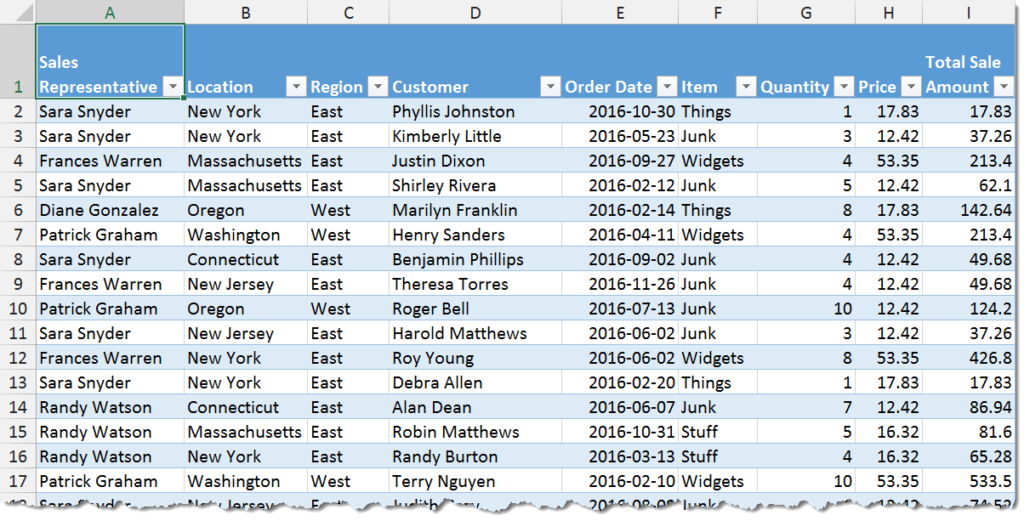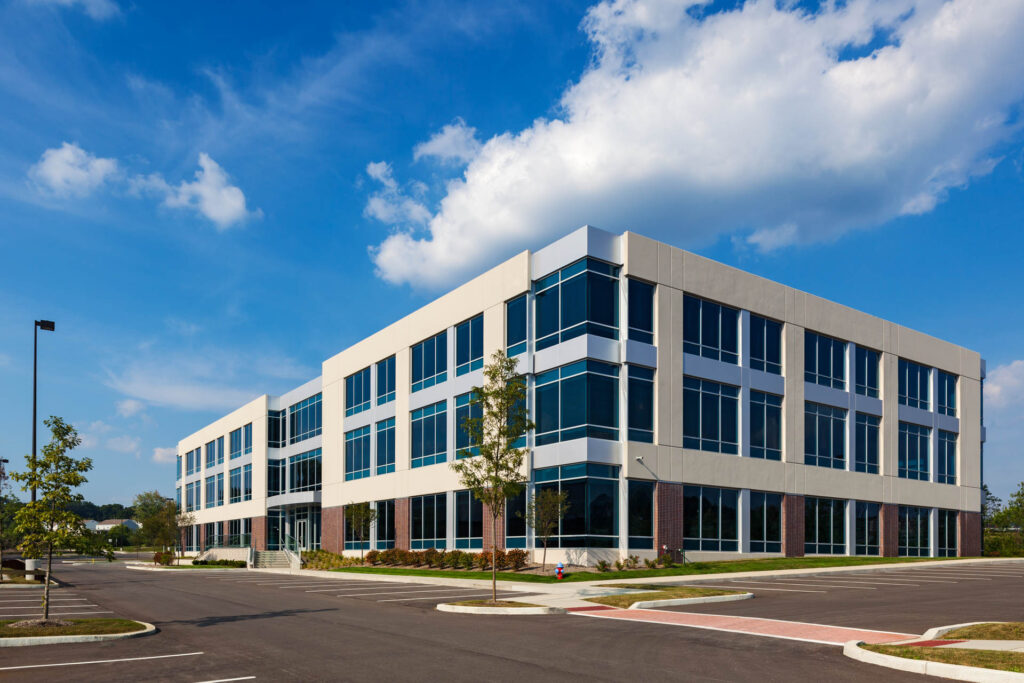
Terabytes of data collected and analyzed by Evolution Systems
Hours of operational run time for Evolution Systems
Successfuly completed projects both in house and client based
Years experience in business and applied technology space
With So Many Software Options Available... Why Go Custom?
Short answer: “Because standard solutions only work for standard requirements”. While the number of available SaaS (Software as a Service) solutions continues to grow by the day, those products / platforms must appeal to the greatest number of potential buyers. This means that they are designed for “common” workflows and standard requirements. If your business uses custom / proprietary / industry specific software, has a non traditional work flow, or requires solutions that simply do not exist… it’s time to consider truly custom software as a solution.

Beware The "SaaS Trap"
With “Software as a Service” representing by far and away the largest segment of consumer / business software (nearly 200Bn per year), it’s no wonder that consumers are a bit spoiled for choice. All is not as it seems, however. Competition is fierce and these companies live and die by their ability to monetize the “everything” of things. Strategic limitations, forced upsells, reduced reliability for lesser priced plans, and at worst, “consumer hostage taking” (removing the ability to easily transition to another system) have all but become par for the course in the land of SaaS.

You ARE The Product
Not sure what we mean by this? Have a look at just about any SaaS terms and services user agreement. Without getting into the finer details, you are paying them so that you can provide them with your businesses’ data. Yes really. Not a bad deal for them. In nearly all instances, SaaS user agreements feature verbiage that allows the service provider to use ANY and ALL data that is entered into their respective systems. That means that your customer base may be marketed to at best, or at worst ultimately have sensitive data compromised due to the negligence of the software as a service provider.

"Eazy 2 Yooze"
“But it’s easier that way”… the rally cry of an ever growing segment of the American work force… Not better, not more efficient, not more effective, just…easier. Many main stream SaaS platforms go to great lengths to provide the aforementioned “easy to use” experience. The question however is: “at what expense”? With the coveted ease of use comes a sometimes disproportionate reduction in scalability, adaptability, and functionality. Often times ease of use comes with the unspoken caveat of a proprietary software system. Many SaaS providers are banking (quite literally) on a businesss becoming so conditioned to their system that they have “customers for life” that will continue to purchase more expensive options… forever.
Important Considerations Regarding Custom Solutions
Firstly we should point out that no, not EVERY SaaS / ready-made / out of the box solution is a terrible idea. In fact some are quite good and we do even encourage the use of several here at Evolution. The question then becomes, in what situations should I and my business lean more heavily into a truly custom developed solution? While there is no short answer for that one, we present below a few basic ground rules that we consider before reccomnending a client explore internally / proprietary developed systems:
Does My Business / Workflow Involve One Or More "Non Standard" System(s)?
Examples of standard systems would be gMail, WordPress, Quickbooks, and a myriad of other widely available, “application standard” systems. These types of platforms typiecally have robust integrations with many options available right out of the box. In fact in many instances each of these “application standard” systems comes with integrations to facilitate quick / effective integration with other “application standard” systems. However, should your work flow involve interoperability with industry specific or non-standard systems, in many cases, a custom solution is the ONLY option. Thankfully programatic components such as API’s and others mean that developing “hybrid” custom/standard solutions is often possible (and the most cost effective / time effective approach). As a rule, the more dependant a workflow is on a non-standard system, the more we encourage the development of business-unique / one off solutions
Does My Business Require Exceedingly Complex Automations and Connectivity?
In some instances, if workflows exceed certain levels of complexity, building all that functionality into one platform can save a lot of time and money in so far as upkeep and mantinance goes. Remember when dealing with thierd party systems, ultimately a business is hostage to the direction of that systems development philosophy. In other words, adding, removing, and deprecating features could prove to be devastating for a business that ahs come to rely on specific features. This is especially common when dealing with “legacy features” (a very nice way of saying old), and legacy systems (once again, a very nice way of saying… old). By goign the custom developed software route, a tangible level of predicitability, security, and stability can be achieved without having to be concerned about either older or industry specific systems being “phased out” in so far as features or compatibility go
Does My Worflow Or Business Lean Heavily On "Legacy" Systems?
We cannot implore the importance of this concept enough. We’ve mentioned it once in the previous segment, however it absolutely bears mentioning again. Many “SaaS” platforms will provide users with the MVP (Minimu Viable Product). Meaning they will put effort into ONLY the most widely used systems. Being as that is a moving target variable, many (but not all) ready made / boxed solutions provider will provide functionality with ONLY the most widely used and popular systems of any given time.
HOW LONG DO AUTOMATIONS TAKE TO BUILD?
Not as long as most people seem think. Thanks to a truly wide selection of readily accessible platforms such as those listed at the top of this page, specific automations can often be developed in days rather than weeks or months. Depending upon the amount of “universally developed-for” systems [such as Gmail, Microsoft365, QuickBooks, SalesForce, etc] vs proprietary software [fleet / livery dispatch software, industry specific CRM, medical / healthcare systems] we are typically able to complete automation instances in 7 to 14 days. Please note this time frame includes adjustments and refinements which are often the result of the development process itself. Additional time may be required to integrate any previously developed custom / one off software solutions.
WHICH SYSTEM IS BEST FOR ME AND MY BUSINESS?
The short answer: Depends on which existing infrastructure your business already has in place. Thankfully the Evolution Technology | Systems development team has extensive experience with nearly all of the most popular options. This means we can determine which system / platform / option is best for your business and select the correct platform based on those parameters resulting in shorter build times / more effective applications. While we try to keep each build to one platform, there are occasionally instances where more than one system in “hybrid form” is the most efficient option. We cover all this and more during the analysis and conceptualization phase of any automation build. Most importantly, in each and every case we make significant effort to work with / around existing infrastructure to minimize any interruptions to productivity / business continuity.
WHAT TASKS CAN I AUTOMATE?
At this point system, business, and work flow automation is typically limited only by two things: Budget and imagination. Fortunately as more platforms become accessible to reduce lead time, the former isn’t much of an issue for nearly all businesses. That leaves “imagination”. We would quickly run out of space on this entire page if we tried to describe every possible situation where the application of automation is possible. From the simple mailing of a thank you after a purchase is made on a website to complex multi level integrations featuring social media, logistics, sales, and accounting…we very rarely encounter where a desired workflow is simply not possible. You know your business’ workflow far better than we do so ultimately you get to be the one to tell us how we can help!
WHAT ARE THE COSTS ASSOCIATED WITH AUTOMATION?
Like the time to move from concept to a working system, the answer is: probably not as much as most people think. Simple automations can be in the several hundreds of dollars range with costs increasing in proportion with complexity of system. As with all tech projects, due to the sheer number of variables, we encourage you to make use of the contact form on this page to get an estimate at no cost. We will also point out that in our experience, the number one reason more entrepreneurs and business owners do not consider any form of automation is “perception of cost”. This is a stigma left over from the days when the ONLY option for business process automations were complex, custom build / hard coded applications that required months or even years to develop.


